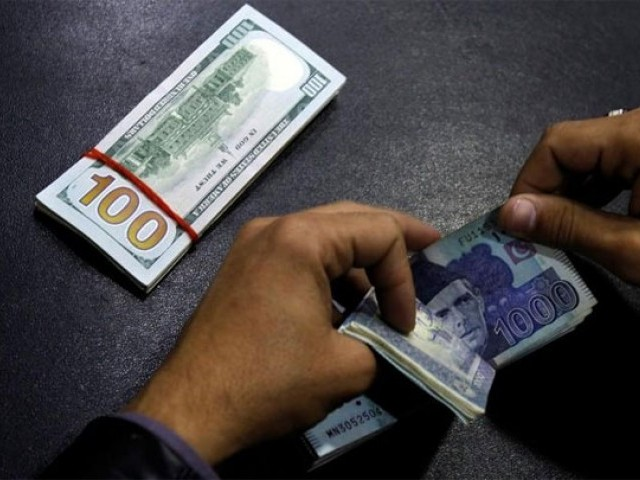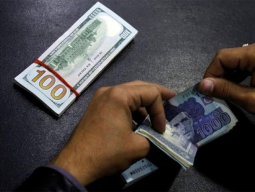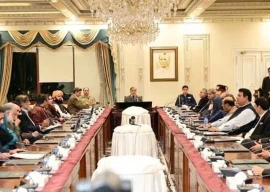
The project information document of $1.5 billion worth Pakistan Revenue Mobilization Project states that the government does not need to slap more taxes or increase their rates. It says that the existing taxes have the potential to generate annually Rs10 trillion revenues, which are equal to 26pc of GDP.
However, as of last fiscal year, Pakistan's tax-to-GDP ratio stood at 13pc of GDP – which is half of the potential that the Washington-based lender has worked out.
Three years ago, the WB and International Monetary Fund had estimated Pakistan's tax gap at 22.3pc of GDP, which implied a tax revenue gap of more than 11pc of GDP or Rs3.3 trillion. But the latest estimates of the potential are higher by nearly 4pc of GDP.
The WB document claims that Pakistan needs to broaden the tax base instead of burdening the existing taxpayers. However, the IMF's practical steps are contrary to this advice. The IMF has been pushing Pakistan to make tax efforts equal to 1.7pc of GDP next year that requires at least Rs600 billion additional taxes.
For the current fiscal year, 2018-19, parliament had approved Rs4.4 trillion tax collection target for the Federal Board of Revenue (FBR) but the results of first nine months indicated a shortfall of nearly Rs450 billion.
The WB has worked out tax gap estimates for approval of a $400 million loan that its Board of Directors may approve on May 30th. Out of $400 million, an amount of $320 million will be linked with the achievement of results.
The loan has been planned for bringing improvements in four broader areas. The project information document puts these areas as having a "simple and coherent tax system, control of taxpayer obligations, compliance facilitation, and institutional development.
There is not even one area that needs a foreign loan for bringing improvement. The only thing that is needed to achieve these goals is the political will and installation of competent and professionally sound taxmen at the headquarters.
The WB has shown the total cost of Pakistan Revenue Mobilization Project at $1.5 billion. The remaining $1.1 billion will be contributed by the federal government.
The WB paper stated that a detailed gap analysis, which has been recently completed by it, indicates that Pakistan's tax revenue potential would reach 26pc of GDP only if tax compliance were to be raised to 75pc, which is a realistic level of compliance.
"This means that the country's tax authorities are currently capturing only half of this revenue potential, i.e. the gap between actual and potential receipts is 50pc", according to the lender.
The size of the tax gap varies by tax instrument and by sector. The tax gap in the services sector is estimated at 67pc, which means the federal and provincial governments are collecting only one-third of the potential taxes from the services sector. In the manufacturing sector, the gap is estimated at 46pc.
The WB thinks the methodology that FBR uses to assess tax liabilities for some sectors like the electricity consumption bills for the steel sector is leading to huge tax losses.
Budget deficit jumps to Rs1.6tr in Jul-Mar FY19
It has advocated withdrawing multiple exemptions and discounted rates to selected industries, economic actors, and economic activities like sugar, textiles, and fertilizer industries; associations in the real estate sector and imports for infrastructure projects under the China-Pakistan Economic Corridor (CPEC).
In the last fiscal year, the WB had estimated the cost of tax exemptions at 2pc of GDP, primarily due to exemptions from General Sales Tax (GST) and customs duties.
The number of taxpayers who file tax returns for GST and income tax remain very small at 1.52 million, while those who declared incomes above the taxable threshold amounted to only 1.12 million in the last fiscal year.
There were 220,042 registered sales tax persons and only 141,106 filed their returns. But actually, 43,355 paid any amount of tax, according to the WB. But to go after these people, the FBR does not need the $400 million loan.
The project document underscores that Pakistan needs to increase its tax revenues to ensure fiscal sustainability and generate fiscal space to finance much-needed investments in human capital and infrastructure.
Budget deficit hits six-year high at Rs1.03tr
With spending of $1.5 billion, which is inclusive of $400 million WB loan, the WB believes that Pakistan's tax to GDP ratio would jump in next five years from 13pc to 16pc of the GDP.
One of the conditions of the WB's loans is to publish the details of tax expenditure in the annual budget with disaggregated information about the cost and beneficiaries of each exemption and concession.
The FBR will also have to sign agreements with the provinces on automated sharing taxpayer information, the methodology for calculating GST input adjustments, and common updated property valuation tables.



































1714370039-0/ojwilson-(1)1714370039-0-270x192.webp)
-(1)1714378140-0/AliAminMaryam-(4)-(1)1714378140-0-270x192.webp)








COMMENTS (3)
Comments are moderated and generally will be posted if they are on-topic and not abusive.
For more information, please see our Comments FAQ